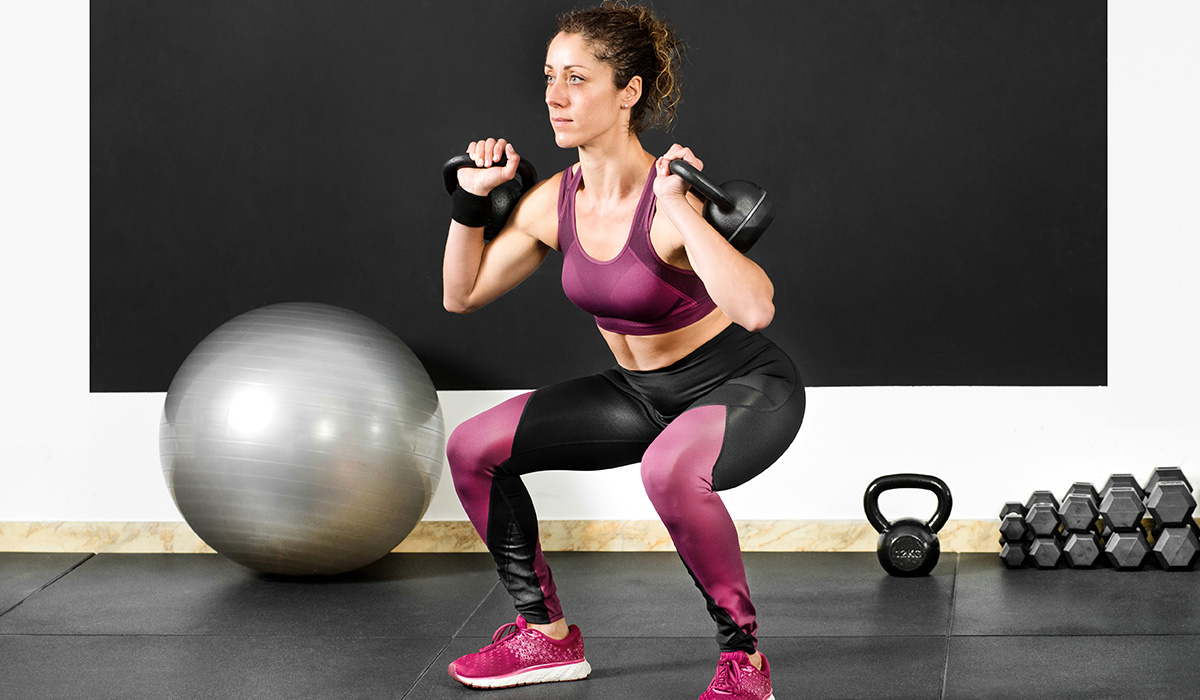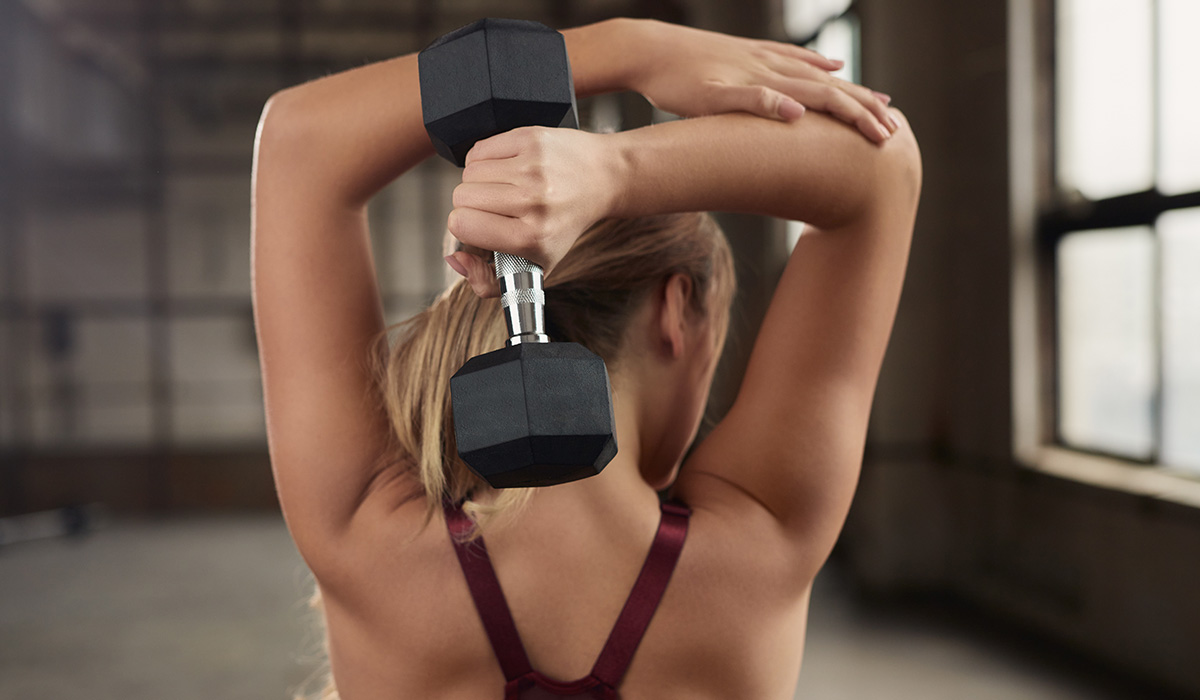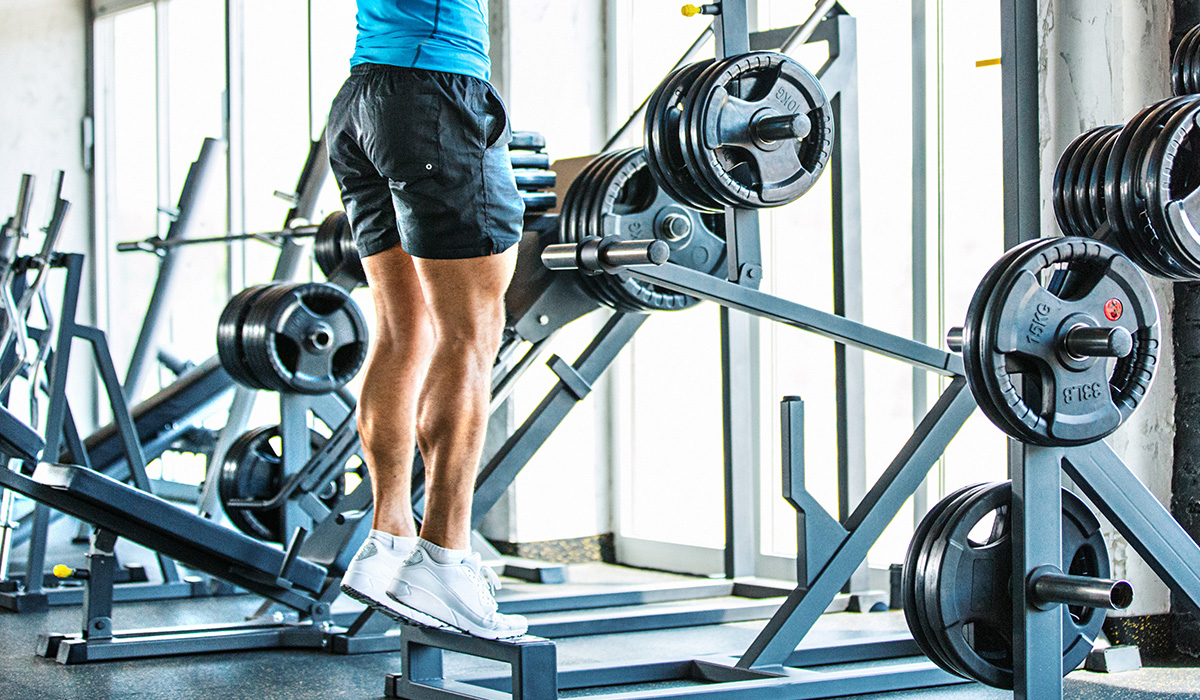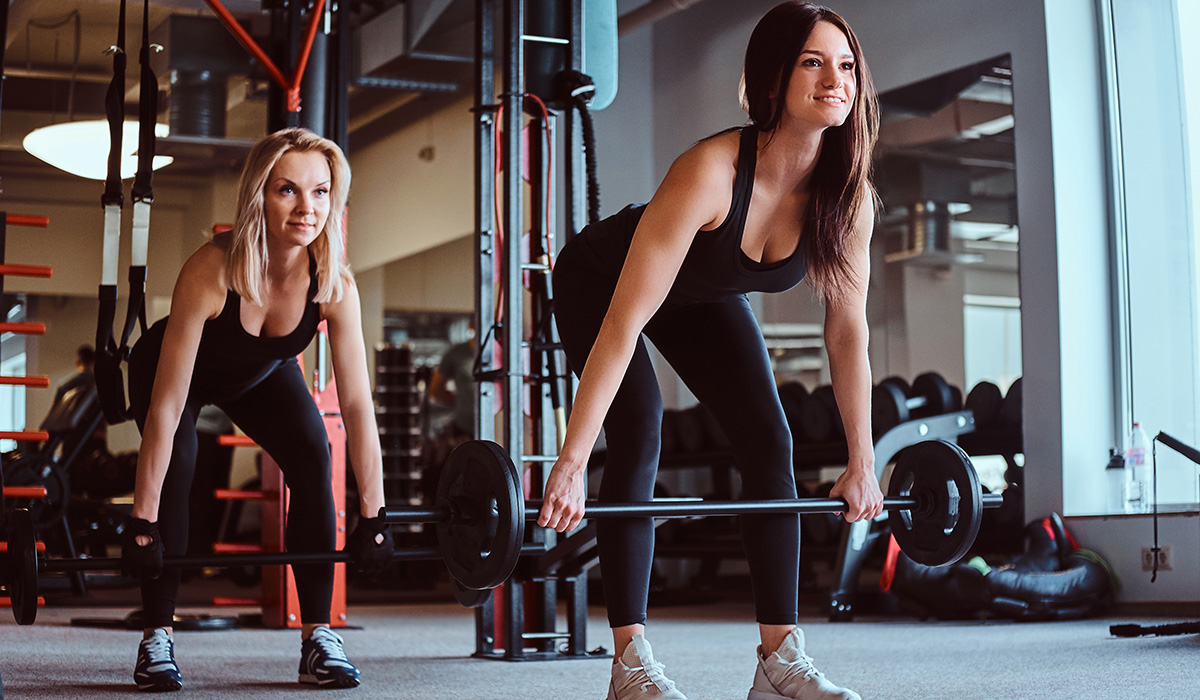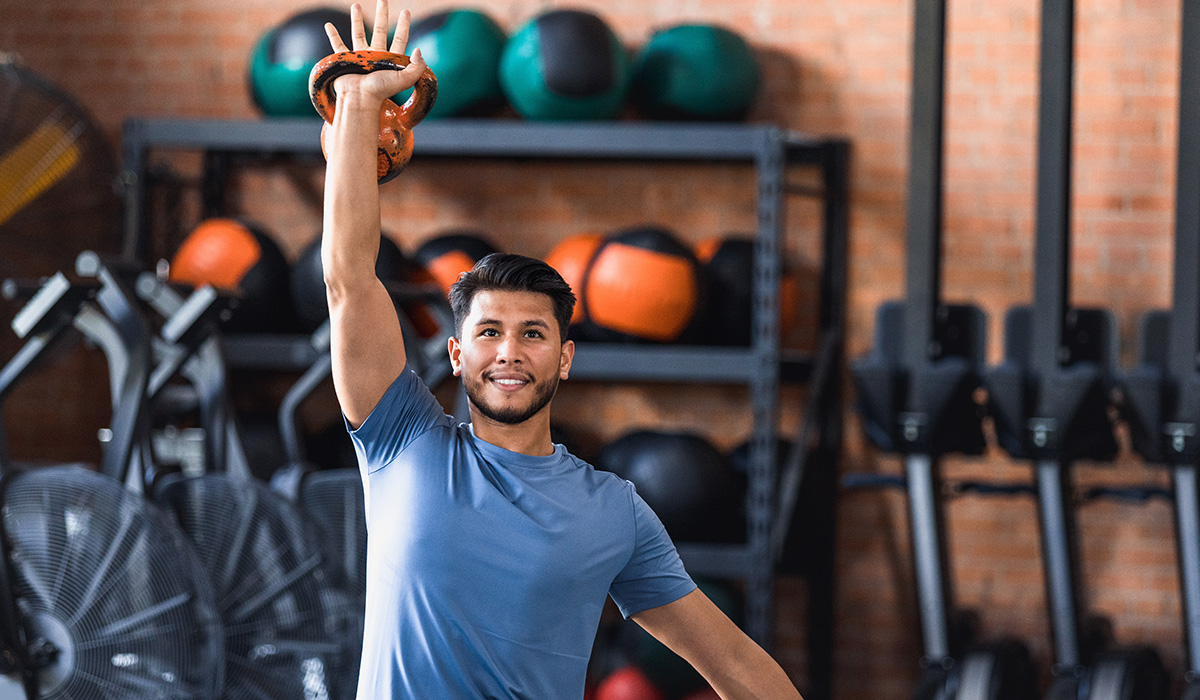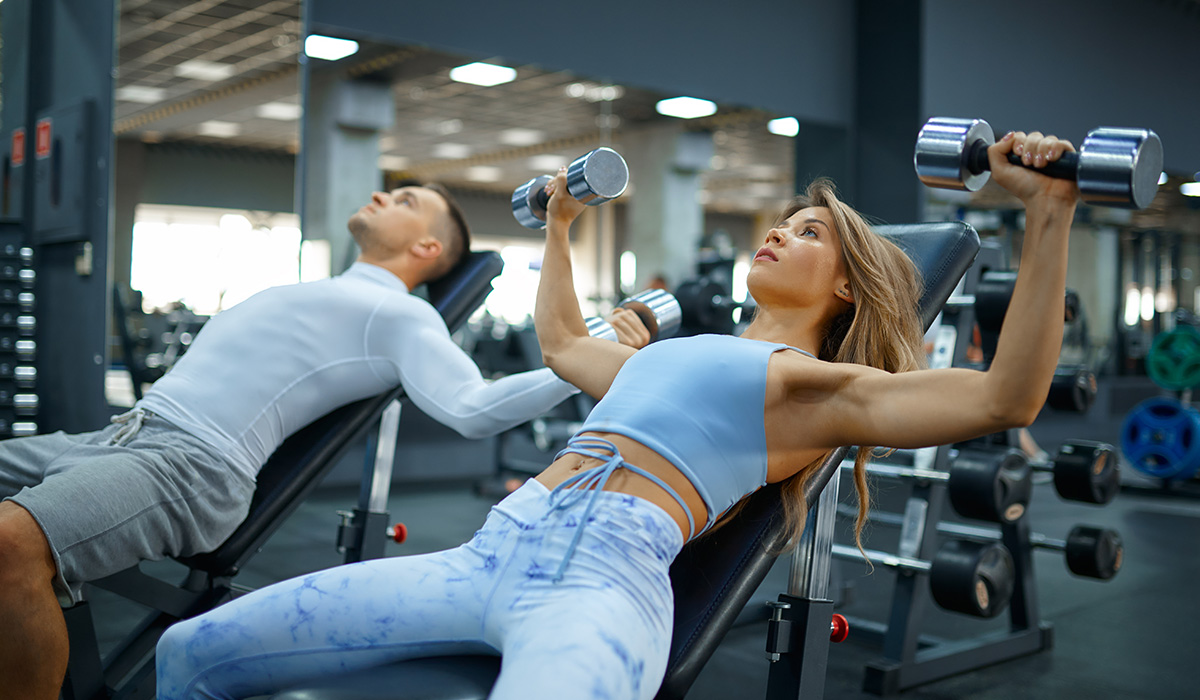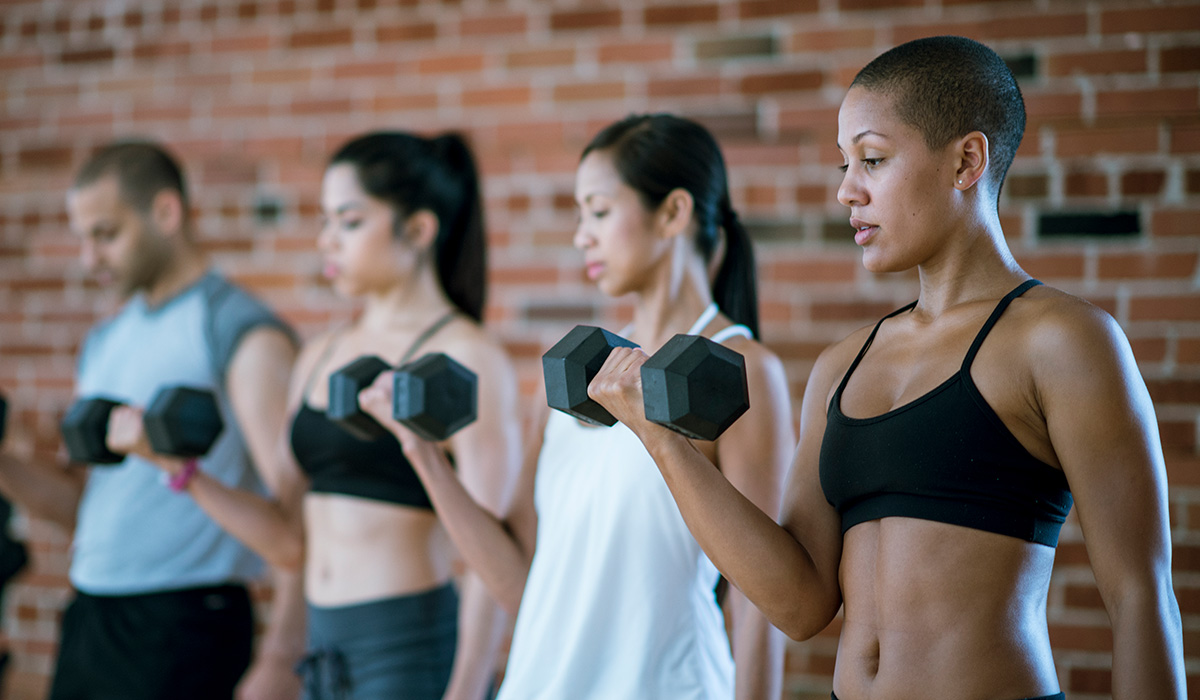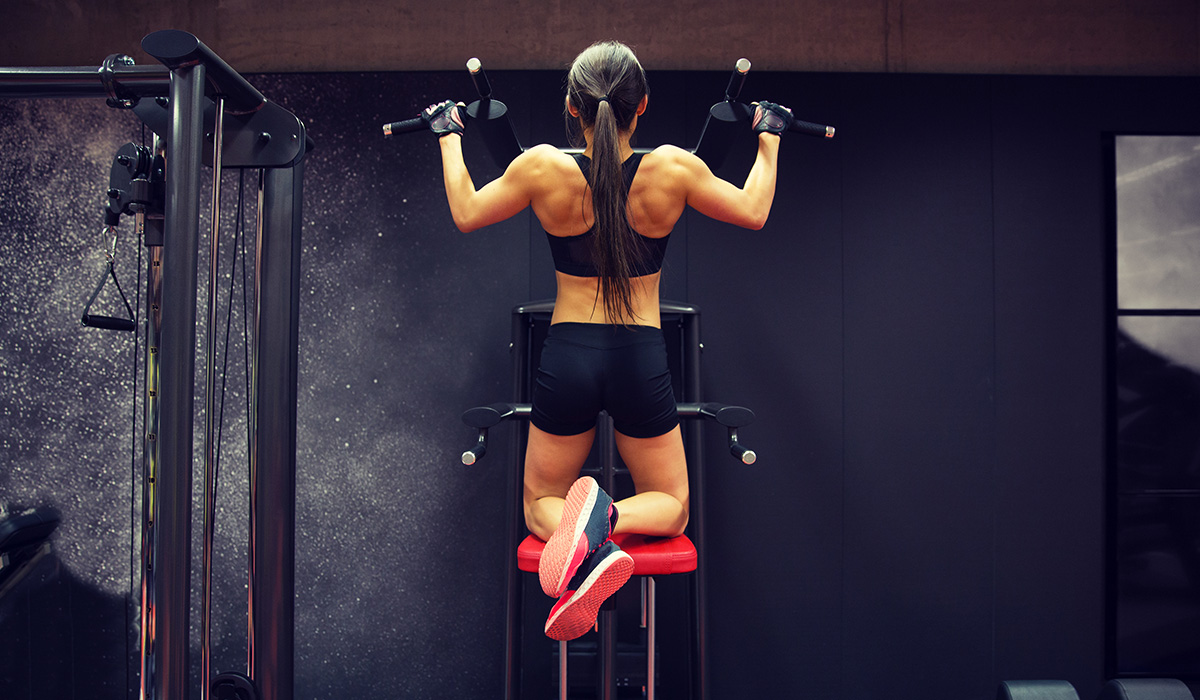The muscles in the group are:
Gluteus Maximus
Primary function is upper leg (thigh) extension. (i.e., moving the upper leg backwards as in rising from a squat position). The same with bent-leg deadlifting, the rear leg drive when sprinting and any hip extension exercise where the thigh is extended backwards.
Gluteus Medius and Minimus
Perform similar functions depending on the position of the knee and hip joints. With the knee extended, they abduct the thigh (out to the side away from the opposite leg). When running, they stabilize the leg during the single-support phase. With the hips flexed, they internally rotate the thigh. With the hips extended, they externally rotate the thigh.
Gamellus Inferior and Superior
Both assist to laterally rotate the extended thigh.
Quadratus Femoris
A deep muscle in your gluteal region and is generally concerned with lateral rotation and stabilisation of the femur at the hip joint and is a strong external rotator and adductor of the thigh.
Obturator Externus
Primary action is to externally rotate the femur when the hip was in neutral position and flexed at 90°. Its secondary function is as an adductor when the hip was in flexion.
Piriformis
Helps rotate the hip and works with rotators such as the obturator externus and the gemellus inferior. It will rotate the thigh while extended and will abduct, or pull inward, the thigh when flexed.
